The P51 is easily the second top fighter of the allies aside the Spitfire in world war two. It mainly was used in Europe, but it also was deployed en masse in the Pacific. It did not started after May 1945 as most imagine, but started much earlier. The core issue was the B29 bomber, which started ooperatin in 1944 against Japan, lacked escort fighters. It was no surprise the P51 with its amazing range was selected to be sent in the Pacific, and there was in late 1944 an attempt to create a navalized P51D, as "Project Seahorse”.
It was armed with six .50 caliber M2 Browning machine guns and the ability to carry bombs or rockets. It was used as bomber escort over Europe (especially crucial during raids on Germany) and more rarely ground attack missions with bombs and rockets. It was the quintessential air superiority fighter, highly effective against Luftwaffe aircraft. It was considered one of the best fighters of WWII, played a key role in gaining air superiority over Europe, served in the Korean War as a fighter-bomber. Today, it’s one of the most popular warbirds in aviation museums and airshows.
This fantastic fighter was designed in just 120 days as the prototype NA-73X flew on October 25, 1940. The initial goal was to create an assault plane powered by an Allison engine, not a fighter, and the early NA-73s and NA-83 were only ordered on paper by the British RAF. It took until 1943 before the idea emerged to escort bombers with long-range fighters, and the mediocre initial assault plane was remotorized by the Rolls-Royce Merlin (a match made in heaven), licence-produced by Packard. Some 15,000 airframes were created between Los Angeles and Dallas plants. With its pressurized cockpit and its trademark design innovations, like the “laminar flow”, bubble canopy, landing gear, mass production simplifications, conical lofting, and general good looks, courtesy of "Ed" Schmued, the "best USAAF ww2 fighter" also generated scores of aces.
The P51D famously featurd its trademark “Bubble” canopy introduced for superior visibility. It had a laminar-flow wing design for reduced drag, new drop tanks for very long-range escort missions. Used as ground attack fighter in the final months of WW2 over Iwo Jima, Okinawa and Japan.
When air opposition dropped radically the USN started to used its F6F and F4U for ground attacks, and so was the P51. Starting in July 1945, 51 raids by the VII Fighter Command claimed to have destroyed or damaged 1,062 aircraft and 254 ships. "In early 1945, P-51C, D, and K variants also joined the Chinese Nationalist Air Force. These Mustangs were provided to the 3rd, 4th, and 5th Fighter Groups and used to attack Japanese targets in occupied areas of China. The P-51 became the most capable fighter in China, while the Imperial Japanese Army Air Force used the Nakajima Ki-84 Hayate against it.[citation needed] The P-51 was a relative latecomer to the Pacific theater, due largely to the need for the aircraft in Europe, although the P-38's twin-engined design was considered a safety advantage for long, over-water flights. The first P-51s were deployed in the Far East later in 1944, operating in close-support and escort missions, as well as tactical photoreconnaissance. As the war in Europe wound down, the P-51 became more common. With the capture of Iwo Jima, USAAF P-51 Mustang fighters of the VII Fighter Command were stationed on that island starting in March 1945, being initially tasked with escorting Boeing B-29 Superfortress missions against the Japanese homeland.[citation needed] The command's last major raid of May was a daylight incendiary attack on Yokohama on 29 May conducted by 517 B-29s escorted by 101 P-51s. This force was intercepted by 150 A6M Zero fighters, sparking an intense air battle in which five B-29s were shot down and another 175 damaged. In return, the P-51 pilots claimed 26 "kills" and 23 "probables" for the loss of three fighters. The 454 B-29s that reached Yokohama struck the city's main business district and destroyed 6.9 square miles (18 km2) of buildings; over 1000 Japanese were killed.[72][73] Overall, the attacks in May destroyed 94 square miles (240 km2) of buildings, which was equivalent to one-seventh of Japan's total urban area. The minister of home affairs, Iwao Yamazaki, concluded after these raids that Japan's civil defense arrangements were "considered to be futile".[74] On the first day of June, 521 B-29s escorted by 148 P-51s were dispatched in a daylight raid against Osaka. While en route to the city, the Mustangs flew through thick clouds, and 27 of the fighters were destroyed in collisions. Nevertheless, 458 heavy bombers and 27 P-51s reached the city, and the bombardment killed 3,960 Japanese and destroyed 3.15 square miles (8.2 km2) of buildings. On 5 June 473 B-29s struck Kobe by day and destroyed 4.35 square miles (11.3 km2) of buildings for the loss of 11 bombers. A force of 409 B-29s attacked Osaka again on 7 June; during this attack, 2.21 square miles (5.7 km2) of buildings were burnt out and the Americans did not suffer any losses. Osaka was bombed for the fourth time that month, on 15 June, when 444 B-29s destroyed 1.9 square miles (4.9 km2) of the city and another 0.59 square miles (1.5 km2) of nearby Amagasaki; 300,000 houses were destroyed in Osaka.[75][76] This attack marked the end of the first phase of XXI Bomber Command's attack on Japan's cities. During May and June, the bombers had destroyed much of the country's six largest cities, killing between 112,000 and 126,762 people and rendering millions homeless. The widespread destruction and high number of casualties from these raids caused many Japanese to realize that their country's military was no longer able to defend the home islands. American losses were low compared to Japanese casualties; 136 B-29s were downed during the campaign.[77][78][79] In Tokyo, Osaka, Nagoya, Yokohama, Kobe, and Kawasaki, "over 126,762 people were killed ... and a million and a half dwellings and over 105 square miles (270 km2) of urban space were destroyed."[80] In Tokyo, Osaka and Nagoya, "the areas leveled (almost 100 square miles (260 km2)) exceeded the areas destroyed in all German cities by both the American and British air forces (about 79 square miles (200 km2))."[80] P-51s also conducted a series of independent ground-attack missions against targets in the home islands.[81] The first of these operations took place on 16 April, when 57 P-51s strafed Kanoya Air Field in Kyushu.[82] In operations conducted between 26 April and 22 June, the American fighter pilots claimed the destruction of 64 Japanese aircraft and damage to another 180 on the ground, as well as a further 10 shot down in flight; these claims were lower than the American planners had expected, however, and the raids were considered unsuccessful. USAAF losses were 11 P-51s to enemy action and seven to other causes.[83] Due to the lack of Japanese air opposition to the American bomber raids, VII Fighter Command was solely tasked with ground-attack missions from July. These raids were frequently made against airfields to destroy aircraft being held in reserve to attack the expected Allied invasion fleet. While the P-51 pilots only occasionally encountered Japanese fighters in the air, the airfields were protected by antiaircraft batteries and barrage balloons.[84] By the end of the war, VII Fighter Command had conducted 51 ground-attack raids, of which 41 were considered successful. The fighter pilots claimed to have destroyed or damaged 1,062 aircraft and 254 ships, along with large numbers of buildings and railway rolling stock. American losses were 91 pilots killed and 157 Mustangs destroyed.[85"
P51 Mustang - The Essentials
The P-51 Mustang is one of the most famous fighter aircraft of World War II. Built by North American Aviation, it became legendary for its speed, range, and effectiveness, especially as an escort fighter for Allied bombers over Europe. It first flew in 1940, initially designed for the British Royal Air Force (RAF). Early versions had Allison engines, which limited high-altitude performance. Later versions were fitted with the Rolls-Royce Merlin engine, transforming it into a top-tier fighter for a top speed of 437 mph (703 km/h) at 25,000 ft (in the P-51D variant) and range up to 1,650 miles (2,655 km) with drop tanks, which allowed it to escort bombers deep into Germany.It was armed with six .50 caliber M2 Browning machine guns and the ability to carry bombs or rockets. It was used as bomber escort over Europe (especially crucial during raids on Germany) and more rarely ground attack missions with bombs and rockets. It was the quintessential air superiority fighter, highly effective against Luftwaffe aircraft. It was considered one of the best fighters of WWII, played a key role in gaining air superiority over Europe, served in the Korean War as a fighter-bomber. Today, it’s one of the most popular warbirds in aviation museums and airshows.
Develoment

This fantastic fighter was designed in just 120 days as the prototype NA-73X flew on October 25, 1940. The initial goal was to create an assault plane powered by an Allison engine, not a fighter, and the early NA-73s and NA-83 were only ordered on paper by the British RAF. It took until 1943 before the idea emerged to escort bombers with long-range fighters, and the mediocre initial assault plane was remotorized by the Rolls-Royce Merlin (a match made in heaven), licence-produced by Packard. Some 15,000 airframes were created between Los Angeles and Dallas plants. With its pressurized cockpit and its trademark design innovations, like the “laminar flow”, bubble canopy, landing gear, mass production simplifications, conical lofting, and general good looks, courtesy of "Ed" Schmued, the "best USAAF ww2 fighter" also generated scores of aces.
Design of the xxx
General layout
Engine and performances
⚙ P51D specifications | |
| Empty Weight | 7,635 lb (3,463 kg). Loaded 9,200 lb (4,175 kg) |
| Max Takeoff weight | 12,100 lb (5,490 kg) |
| Length | 32 ft 3 in (9.83 m) |
| Wingspan | 37 ft (11.28 m) |
| Height | 13 ft 8 in (4.16 m) |
| Wing Area | 235 sq ft (21.83 m²) |
| Engine | Packard V-1650-7 supercharged V12 1,490 hp (1,111 kW) TO |
| Top Speed, sea level | 437 mph (703 km/h) at 25,000 ft (7,620 m) |
| Cruise Speed | 362 mph (582 km/h) |
| Range | 950 miles (1,530 km) internal, 1,650 miles (2,655 km) drop tanks |
| Climb Rate | 3,200 ft/min (16.3 m/s) |
| Ceiling | 41,900 ft (12,800 m) |
| Armament 1 | 6× .50 in M2 Browning (400 rds inner, 270 outer guns) |
| Armament 2 | 2,000 lb (907 kg) bombs, 6–10× 5 in (127 mm) HVAR rockets |
| Crew | |
Operational History
Posts from the historycordThose were only encountered by rare A6M5 over the Home Island, after the capture of Iwo Jima and conversion into a massive air base. The latter operated scores of the massive B-29 superfortress, and for escort, their P-51 Mustangs. These highly dangerous missions lasted for seven hours, at the limit of range, with 3 hours flying over the open Pacific, one over their objective with fierce dogfights and 3h for the return to Iwo Jima. Losses over the open sea were frequent due to possible mechanical breakdowns or damaged planes over Japan due to AA, and pilots picked-up at sea always ended POWs with marginally greater chance of survival in 1945 compared to their earlier USN counterparts.
community on Reddit
When air opposition dropped radically the USN started to used its F6F and F4U for ground attacks, and so was the P51. Starting in July 1945, 51 raids by the VII Fighter Command claimed to have destroyed or damaged 1,062 aircraft and 254 ships. "In early 1945, P-51C, D, and K variants also joined the Chinese Nationalist Air Force. These Mustangs were provided to the 3rd, 4th, and 5th Fighter Groups and used to attack Japanese targets in occupied areas of China. The P-51 became the most capable fighter in China, while the Imperial Japanese Army Air Force used the Nakajima Ki-84 Hayate against it.[citation needed] The P-51 was a relative latecomer to the Pacific theater, due largely to the need for the aircraft in Europe, although the P-38's twin-engined design was considered a safety advantage for long, over-water flights. The first P-51s were deployed in the Far East later in 1944, operating in close-support and escort missions, as well as tactical photoreconnaissance. As the war in Europe wound down, the P-51 became more common. With the capture of Iwo Jima, USAAF P-51 Mustang fighters of the VII Fighter Command were stationed on that island starting in March 1945, being initially tasked with escorting Boeing B-29 Superfortress missions against the Japanese homeland.[citation needed] The command's last major raid of May was a daylight incendiary attack on Yokohama on 29 May conducted by 517 B-29s escorted by 101 P-51s. This force was intercepted by 150 A6M Zero fighters, sparking an intense air battle in which five B-29s were shot down and another 175 damaged. In return, the P-51 pilots claimed 26 "kills" and 23 "probables" for the loss of three fighters. The 454 B-29s that reached Yokohama struck the city's main business district and destroyed 6.9 square miles (18 km2) of buildings; over 1000 Japanese were killed.[72][73] Overall, the attacks in May destroyed 94 square miles (240 km2) of buildings, which was equivalent to one-seventh of Japan's total urban area. The minister of home affairs, Iwao Yamazaki, concluded after these raids that Japan's civil defense arrangements were "considered to be futile".[74] On the first day of June, 521 B-29s escorted by 148 P-51s were dispatched in a daylight raid against Osaka. While en route to the city, the Mustangs flew through thick clouds, and 27 of the fighters were destroyed in collisions. Nevertheless, 458 heavy bombers and 27 P-51s reached the city, and the bombardment killed 3,960 Japanese and destroyed 3.15 square miles (8.2 km2) of buildings. On 5 June 473 B-29s struck Kobe by day and destroyed 4.35 square miles (11.3 km2) of buildings for the loss of 11 bombers. A force of 409 B-29s attacked Osaka again on 7 June; during this attack, 2.21 square miles (5.7 km2) of buildings were burnt out and the Americans did not suffer any losses. Osaka was bombed for the fourth time that month, on 15 June, when 444 B-29s destroyed 1.9 square miles (4.9 km2) of the city and another 0.59 square miles (1.5 km2) of nearby Amagasaki; 300,000 houses were destroyed in Osaka.[75][76] This attack marked the end of the first phase of XXI Bomber Command's attack on Japan's cities. During May and June, the bombers had destroyed much of the country's six largest cities, killing between 112,000 and 126,762 people and rendering millions homeless. The widespread destruction and high number of casualties from these raids caused many Japanese to realize that their country's military was no longer able to defend the home islands. American losses were low compared to Japanese casualties; 136 B-29s were downed during the campaign.[77][78][79] In Tokyo, Osaka, Nagoya, Yokohama, Kobe, and Kawasaki, "over 126,762 people were killed ... and a million and a half dwellings and over 105 square miles (270 km2) of urban space were destroyed."[80] In Tokyo, Osaka and Nagoya, "the areas leveled (almost 100 square miles (260 km2)) exceeded the areas destroyed in all German cities by both the American and British air forces (about 79 square miles (200 km2))."[80] P-51s also conducted a series of independent ground-attack missions against targets in the home islands.[81] The first of these operations took place on 16 April, when 57 P-51s strafed Kanoya Air Field in Kyushu.[82] In operations conducted between 26 April and 22 June, the American fighter pilots claimed the destruction of 64 Japanese aircraft and damage to another 180 on the ground, as well as a further 10 shot down in flight; these claims were lower than the American planners had expected, however, and the raids were considered unsuccessful. USAAF losses were 11 P-51s to enemy action and seven to other causes.[83] Due to the lack of Japanese air opposition to the American bomber raids, VII Fighter Command was solely tasked with ground-attack missions from July. These raids were frequently made against airfields to destroy aircraft being held in reserve to attack the expected Allied invasion fleet. While the P-51 pilots only occasionally encountered Japanese fighters in the air, the airfields were protected by antiaircraft batteries and barrage balloons.[84] By the end of the war, VII Fighter Command had conducted 51 ground-attack raids, of which 41 were considered successful. The fighter pilots claimed to have destroyed or damaged 1,062 aircraft and 254 ships, along with large numbers of buildings and railway rolling stock. American losses were 91 pilots killed and 157 Mustangs destroyed.[85"
Gallery:

P51D F6D Mustang "The Flying Undertaker", Ace Major William Shomo (6 victories), Tinian AB, spring 1945.

P51 taking off from Iwo Jima airbase, May 1945.

"Lieutenant Robert Elder on the deck of the carrier Shangri-La (CV-38) during trials of the extensively modified P-51D Mustang. He was one of the Navy’s top test pilots".
Src/Read more about the FB.5:

- Lohner E (1913)
- Macchi M3 (1916)
- Macchi M5 (1918)
- Ansaldo ISVA (1918)
- Sopwith Baby (1916)
- Short 184 (1916)
- Fairey Campania (1917)
- Sopwith Cuckoo (1917)
- Felixstowe F.2 (1917)
- Friedrichshafen FF 33 (1916)
- Albatros W4 (1916)
- Albatros W8 (1918)
- Hanriot HD.2
- Grigorovitch M5
- IJN Farman MF.7
- IJN Yokosho Type Mo
- Yokosho Rogou Kougata (1917)
- Yokosuka Igo-Ko (1920)
- Curtiss N9 (1916)
- Aeromarine 39
- Vought VE-7
- Douglas DT (1921)
- Boeing FB.5 (1923)
- Boeing F4B (1928)
- Vought O2U/O3U Corsair (1928)
- Blackburn Blackburn (1922)
- Supermarine Seagull (1922)
- Blackburn Ripon (1926)
- Fairey IIIF (1927)
- Fairey Seal (1930)
- LGL-32 C.1 (1927)
- Caspar U1 (1921)
- Dornier Do J Wal (1922)
- Rohrbach R-III (1924)
- Mitsubishi 1MF (1923)
- Mitsubishi B1M (1923)
- Yokosuka E1Y (1923)
- Nakajima A1N (1927)
- Nakajima E2N (1927)
- Mitsubishi B2M (1927)
- Nakajima A4N (1929)
- CANT 18
WW1
✠ K.u.K. Seefliegerkorps:
 Italian Naval Aviation
Italian Naval Aviation
 RNAS
RNAS
 Marineflieger
Marineflieger
 French Naval Aviation
French Naval Aviation
 Russian Naval Aviation
Russian Naval Aviation
 IJN Air Service
IJN Air Service
 USA
USA
Interwar
 Interwar US
Interwar US
 Interwar Britain
Interwar Britain
 Interwar France
Interwar France
 Interwar Germany
Interwar Germany
 Interwar Japan
Interwar Japan
 Interwar Italy
Interwar Italy
- Curtiss SOC seagull (1934)
- Grumman FF (1931)
- Curtiss F11C Goshawk (1932)
- Grumman F2F (1933)
- Grumman F3F (1935)
- Northrop BT-1 (1935)
- Grumman J2F Duck (1936)
- Consolidated PBY Catalina (1935)
- Brewster/NAF SBN-1 (1936)
- Curtiss SBC Helldiver (1936)
- Vought SB2U Vindicator (1936)
- Brewster F2A Buffalo (1937)
- Douglas TBD Devastator (1937)
- Vought Kingfisher (1938)
- Curtiss SO3C Seamew (1939)
- Douglas SBD Dauntless (1939)
- Grumman F4F Wildcat (1940)
- F4U Corsair (NE) (1940)
- Brewster SB2A Buccaneer (1941)
- Grumman TBF/TBM Avenger (1941)
- Consolidated TBY Sea Wolf (1941)
- Grumman F6F Hellcat (1942)
- Curtiss SB2C Helldiver (1942)
- Curtiss SC Seahawk (1944)
- Grumman F8F Bearcat (1944)
- Ryan FR-1 Fireball (1944)
- Douglas AD-1 Skyraider (1945)
Fleet Air Arm
- Fairey Swordfish (1934)
- Blackburn Shark (1934)
- Supermarine Walrus (1936)
- Fairey Seafox (1936)
- Blackburn Skua (1937)
- Short Sunderland (1937)
- Blackburn Roc (1938)
- Fairey Albacore (1940)
- Fairey Fulmar (1940)
- Grumman Martlet (1941)
- Hawker sea Hurricane (1941)
- Brewster Bermuda (1942)
- Fairey Barracuda (1943)
- Fairey Firefly (1943)
- Grumman Tarpon (1943)
- Grumman Gannet (1943)
- Supermarine seafire (1943)
- Blackburn Firebrand (1944)
- Hawker Sea Fury (1944)
IJN aviation
- Aichi D1A "Susie" (1934)
- Mitsubishi A5M "Claude" (1935)
- Nakajima A4N (1935)
- Yokosuka B4Y "Jean" (1935)
- Mitsubishi G3M "Nell" (1935)
- Nakajima E8N "Dave" (1935)
- Kawanishi E7K "Alf" (1935)
- Nakajima B5N "Kate" (1937)
- Kawanishi H6K "Mavis" (1938)
- Aichi D3A "Val" (1940)
- Mitsubishi A6M "zeke" (1940)
- Nakajima E14Y "Glen" (1941)
- Nakajima B6N "Jill" (1941)
- Mitsubishi F1M "pete" (1941)
- Aichi E13A Reisu "Jake" (1941)
- Kawanishi E15K Shiun "Norm" (1941)
- Nakajima C6N Saiun "Myrt" (1942)
- Yokosuka D4Y "Judy" (1942)
- Kyushu Q1W Tokai "Lorna" (1944)
Luftwaffe
- Arado 196 (1937)
- Me109 T (1938)
- Blohm & Voss 138 Seedrache (1940)
Italian Aviation
- Savoia-Marchetti S.55
- IMAM Ro.43/44
- CANT Z.501 Gabbiano
- CANT Z.506 Airone
- CANT Z.508
- CANT Z.511
- CANT Z.515
French Aeronavale
- GL.300 (1926-39)
- Levasseur PL.5 (1927)
- Potez 452 (1935)
- Loire 210 (1936)
- Loire 130 (1937)
- LN 401 (1938)
Soviet Naval Aviation
- Shavrov SH-2 (1928)
- Tupolev TB-1P (1931)
- Beriev MBR-2 (1930)
- Tupolev MR-6 (1933)
- Tupolev MTB-1 (1934)
- Beriev Be-2 (1936)
- Polikarpov I16 naval (1936)
- Tupolev MTB-2 (1937)
- Ilyushine DB-3T/TP (1937)
- Beriev Be-4 (1940)
-
Skoda Š-328V
R-XIII Idro
Fokker C.XI W (1934)
WW2
- De Havilland Sea Vixen
- Hawker Sea Hawk
- Supermarine Scimitar
- Blackburn Buccaneer
- Hawker Sea Harrier
- Douglas A4 Skyhawk
- Grumman F9F Panther
- Vought F8 Crusader
- McDonnell-Douglas F-4 Phantom-II
- North Am. A5 Vigilante
- TU-142
- Yak 38 forger
☢ Cold War
✧ NATO
 Fleet Air Arm
Fleet Air Arm
 US Navy
US Navy
☭ Warsaw Pact
Merch

Seafire Mark 45; HMS Pretoria Castle
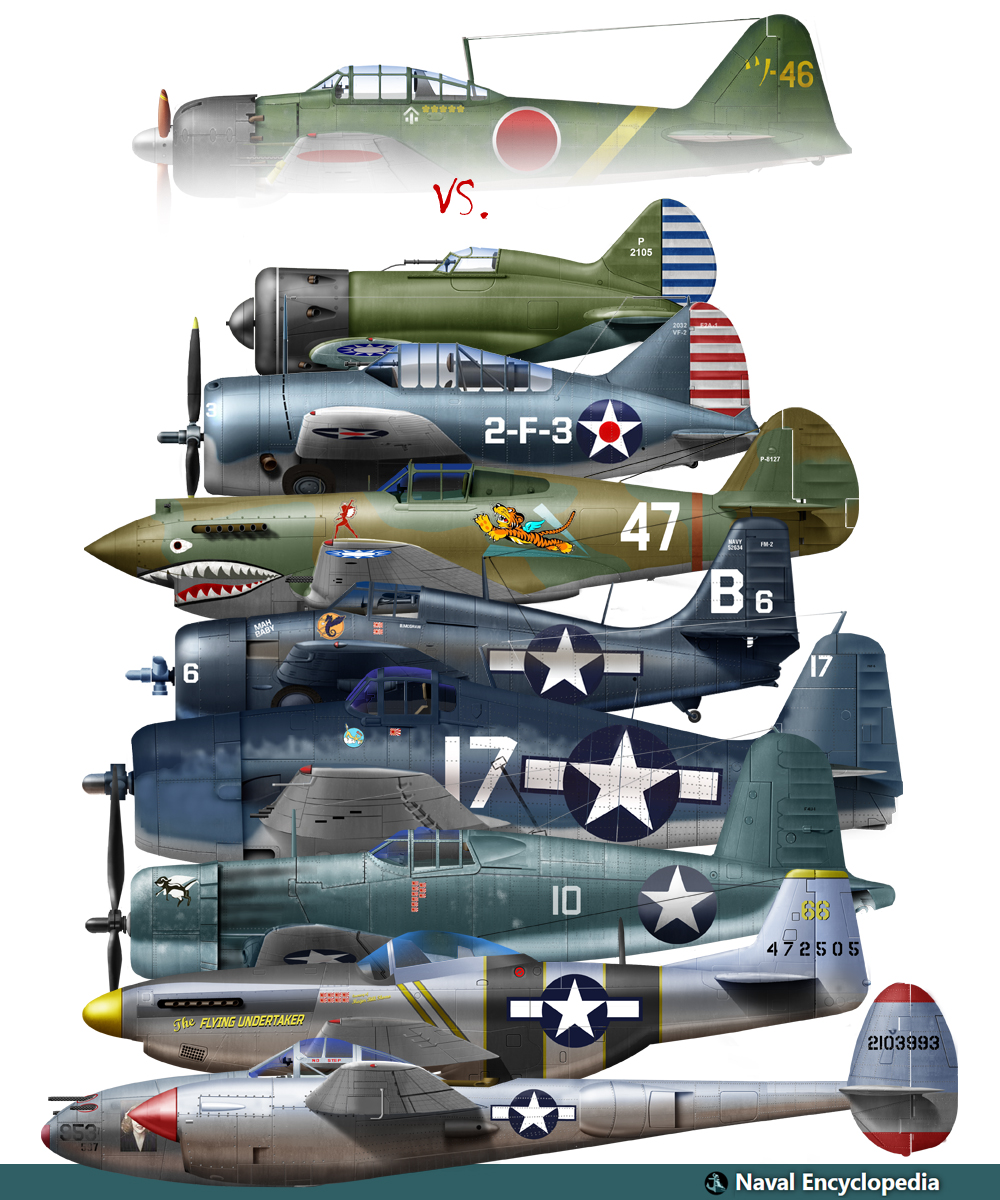
Zeros vs its aversaries
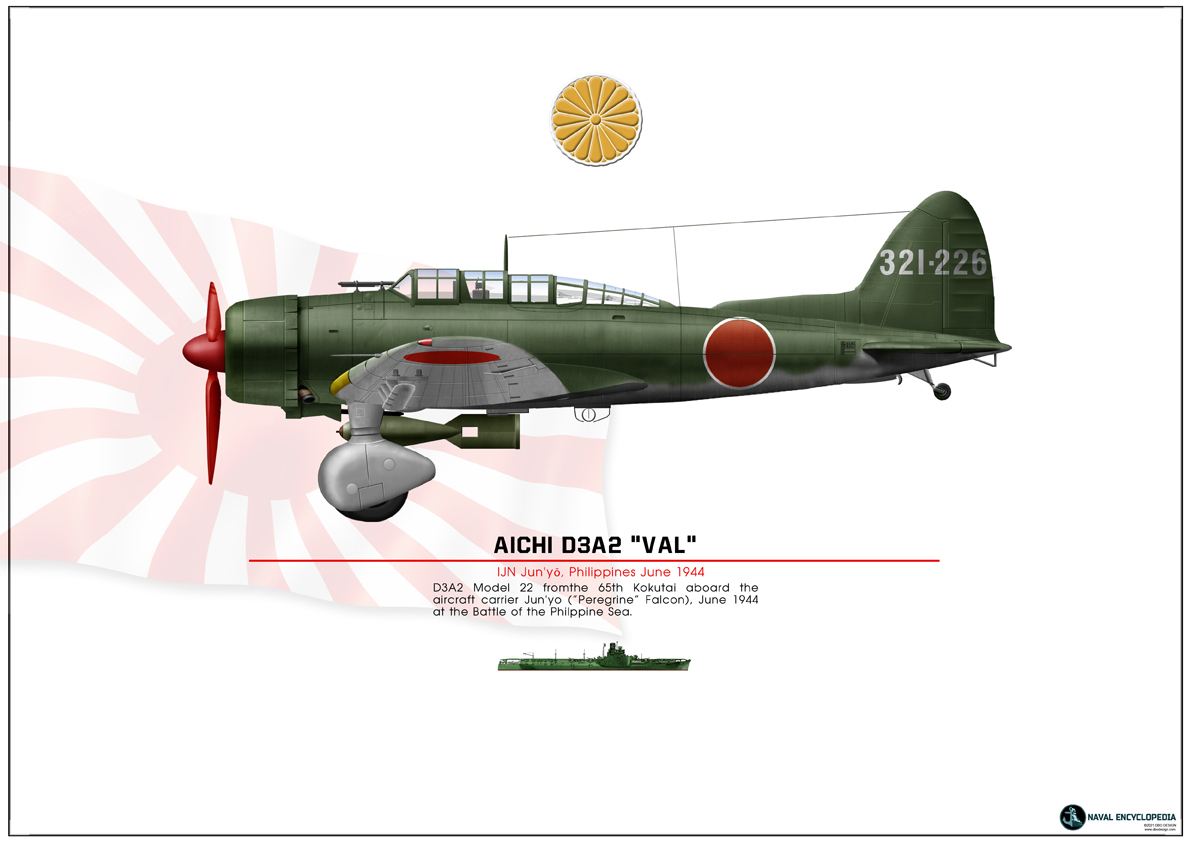
Aichi D3A “Val” Junyo
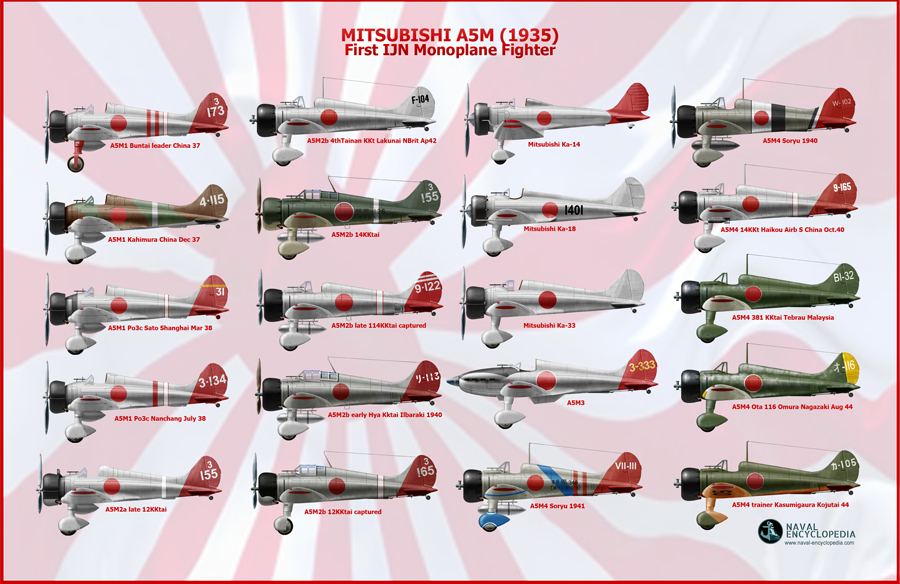
Mitsubishi A5M poster
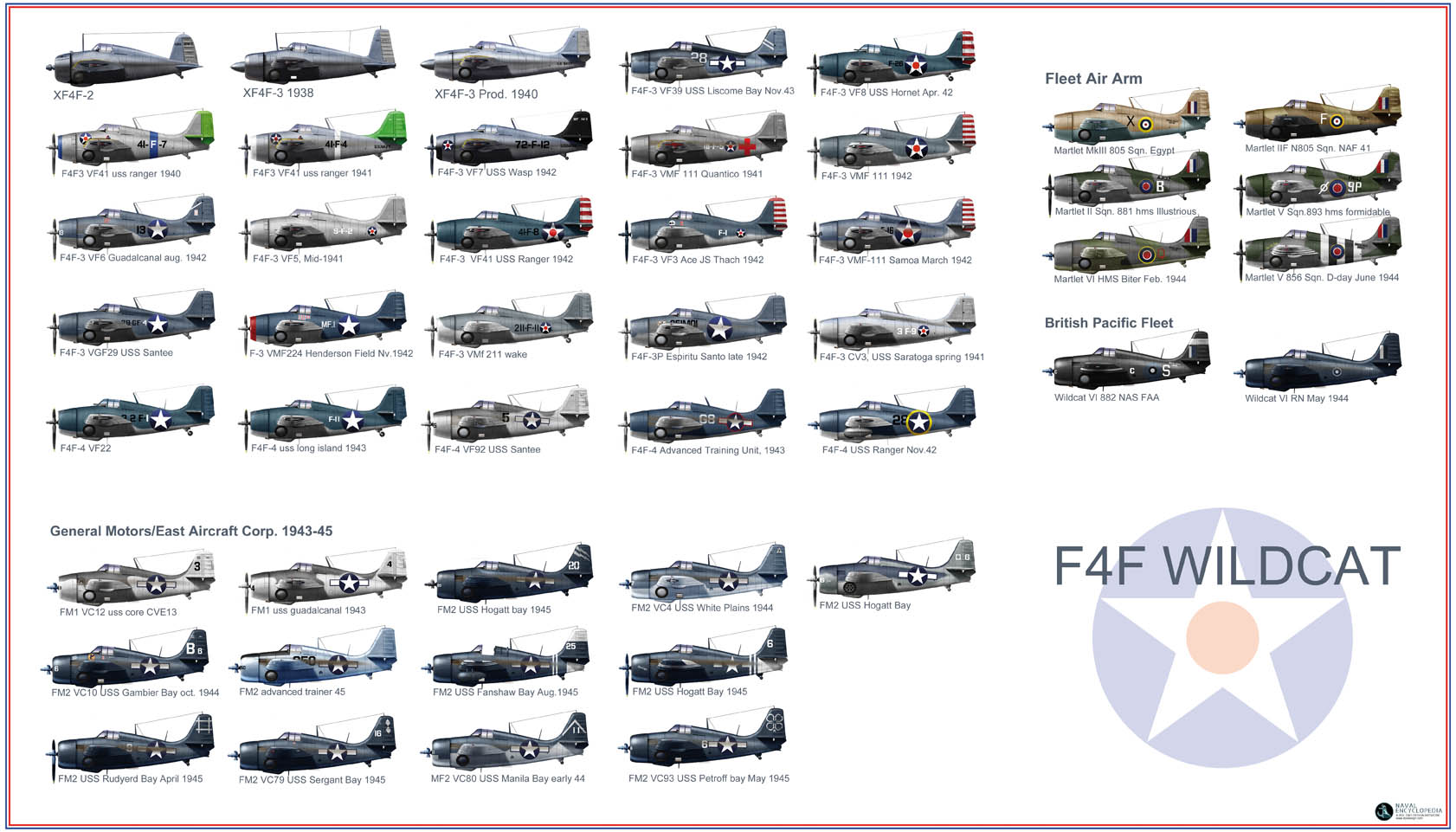
F4F wildcat
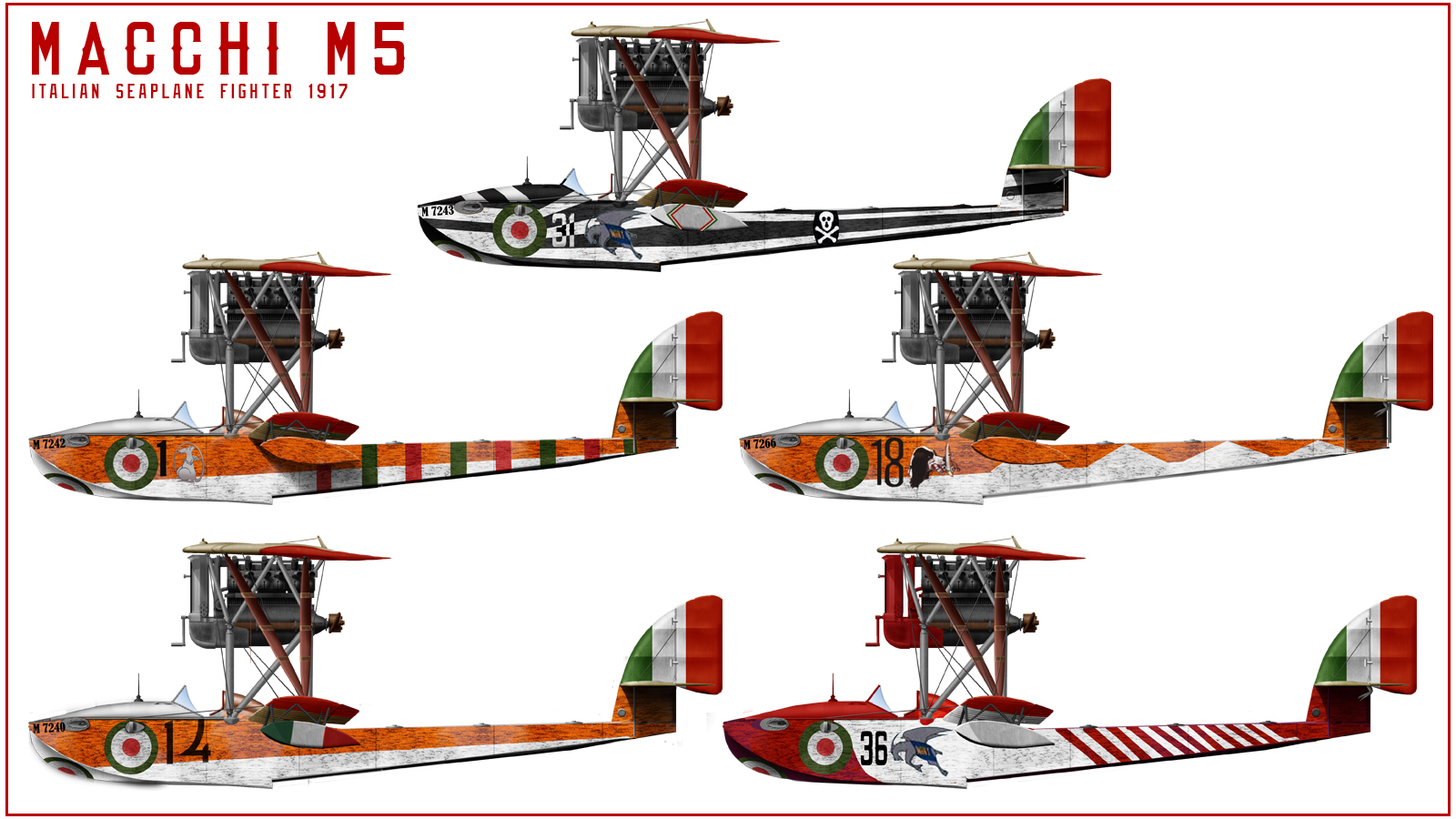
Macchi M5
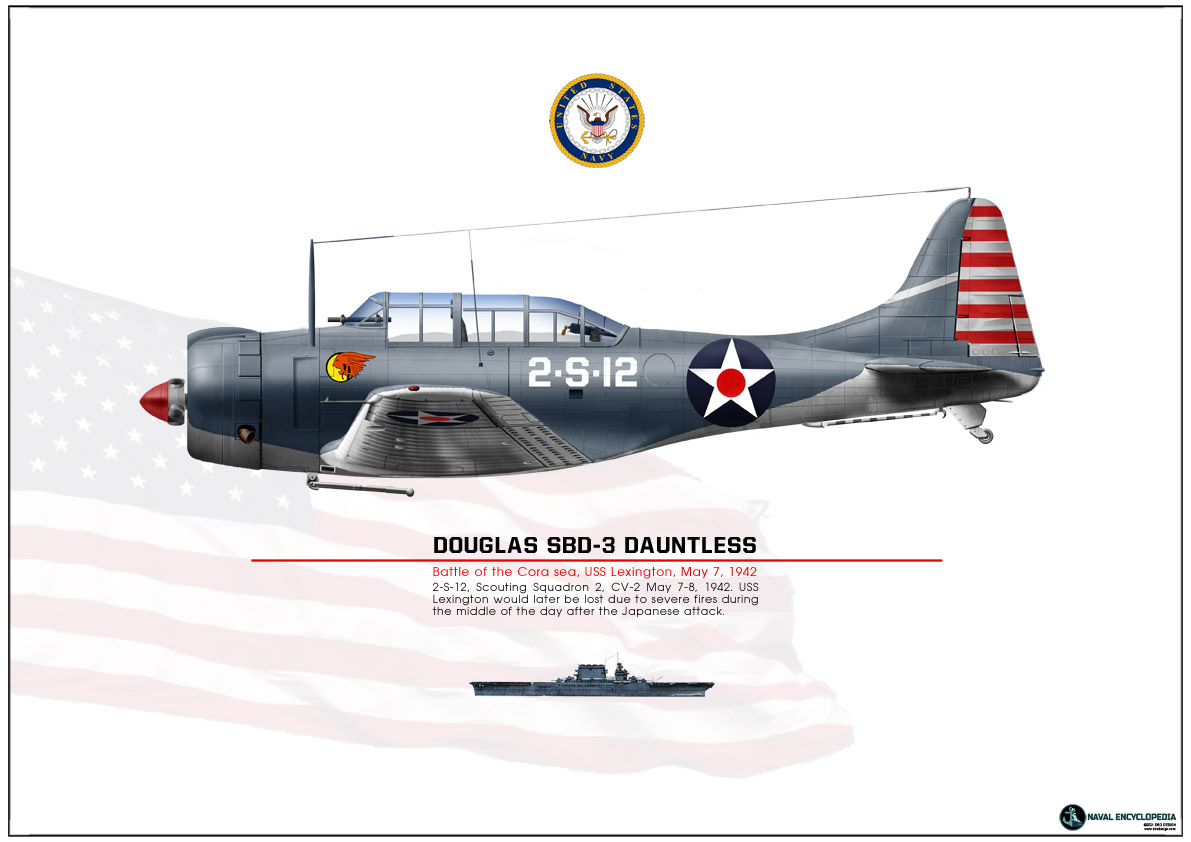
SBD Dauntless Coral Sea
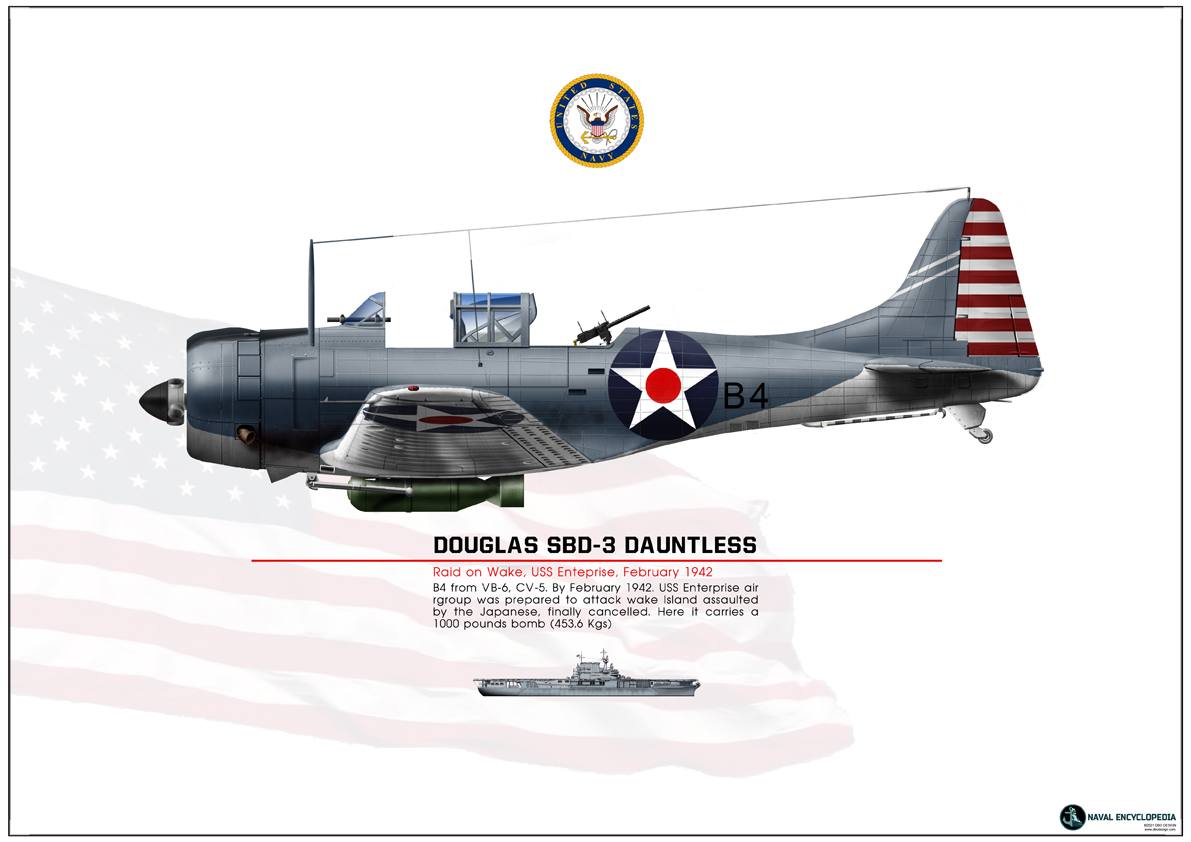
SBD Dauntless USS Enterprise
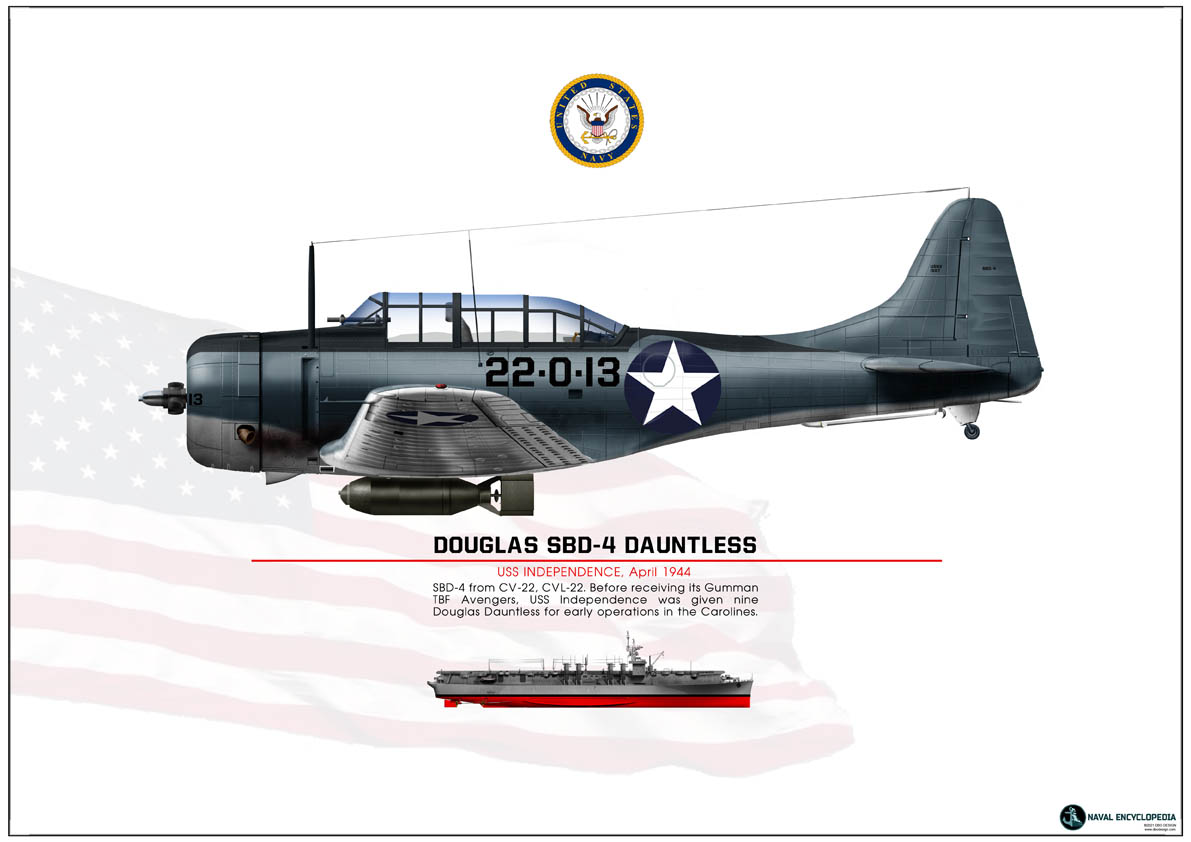
SBD-4 CV22